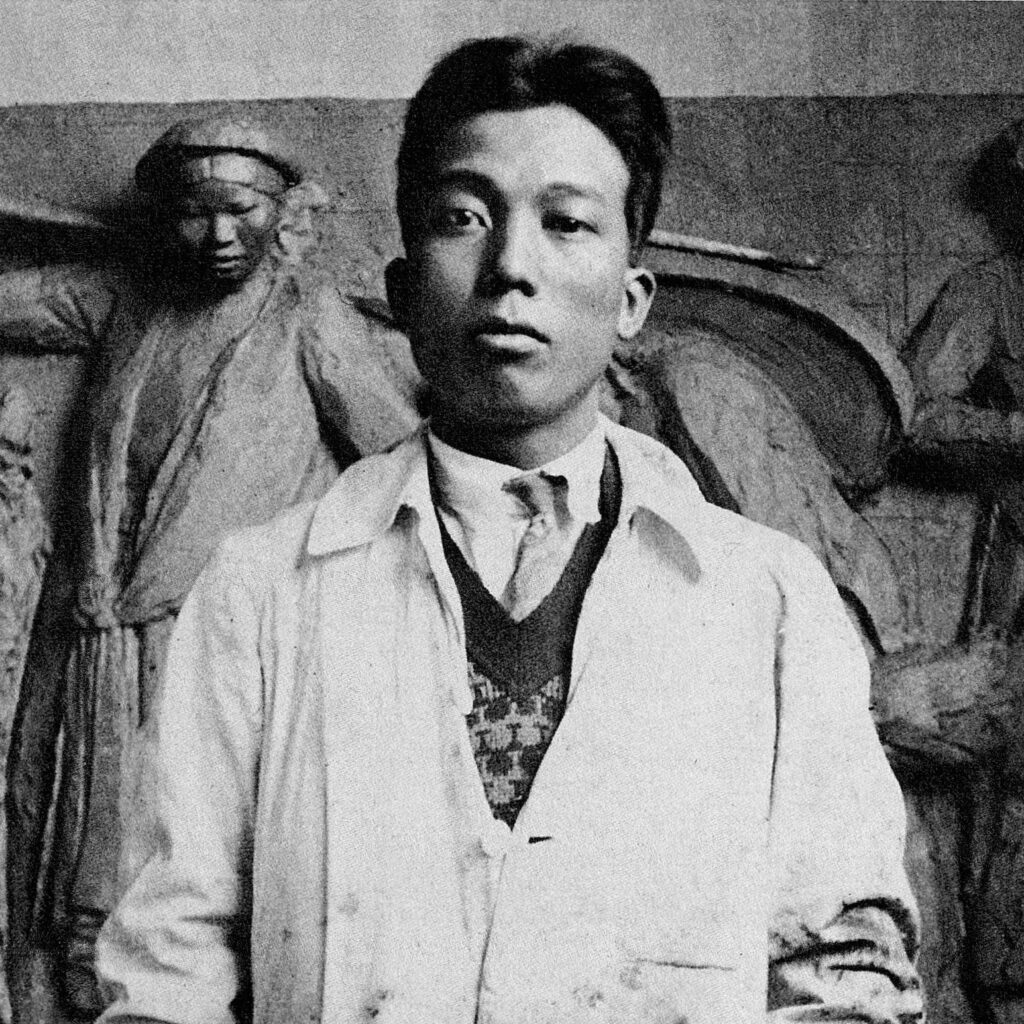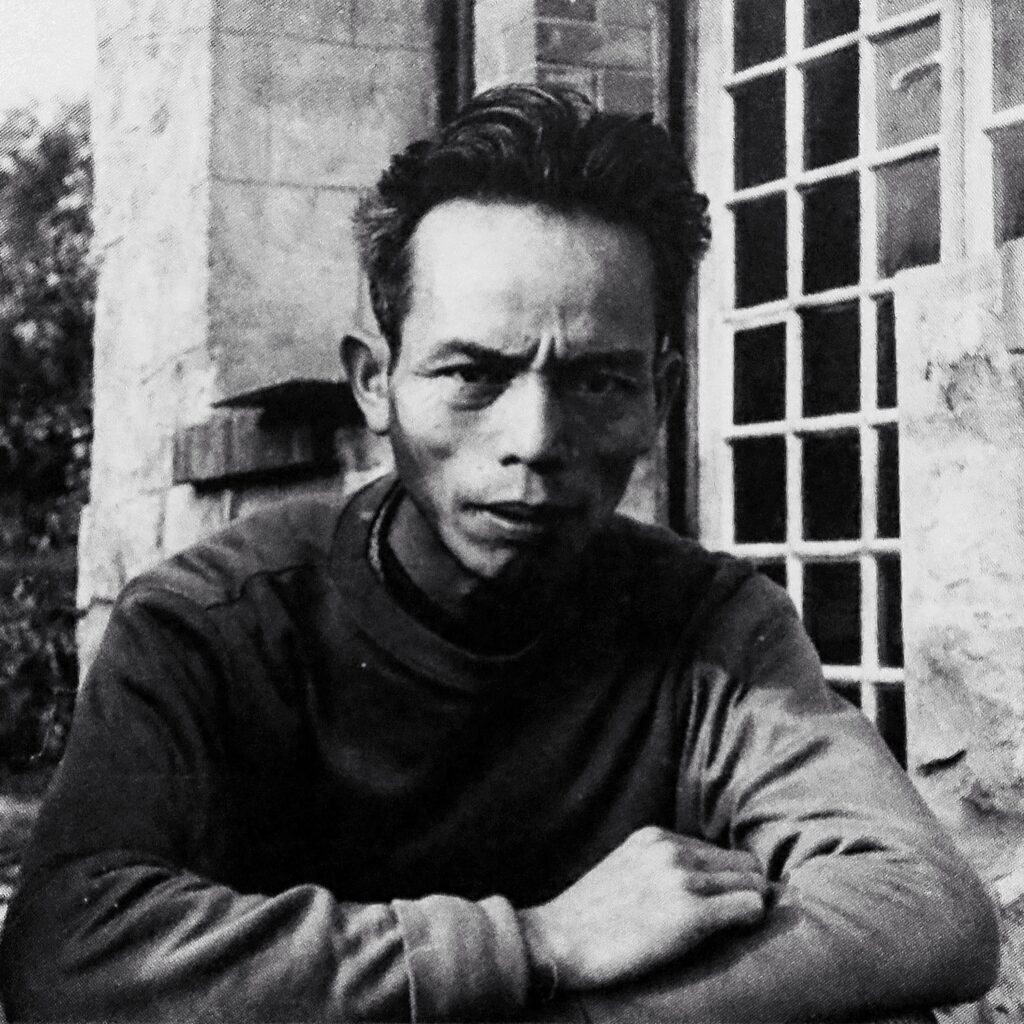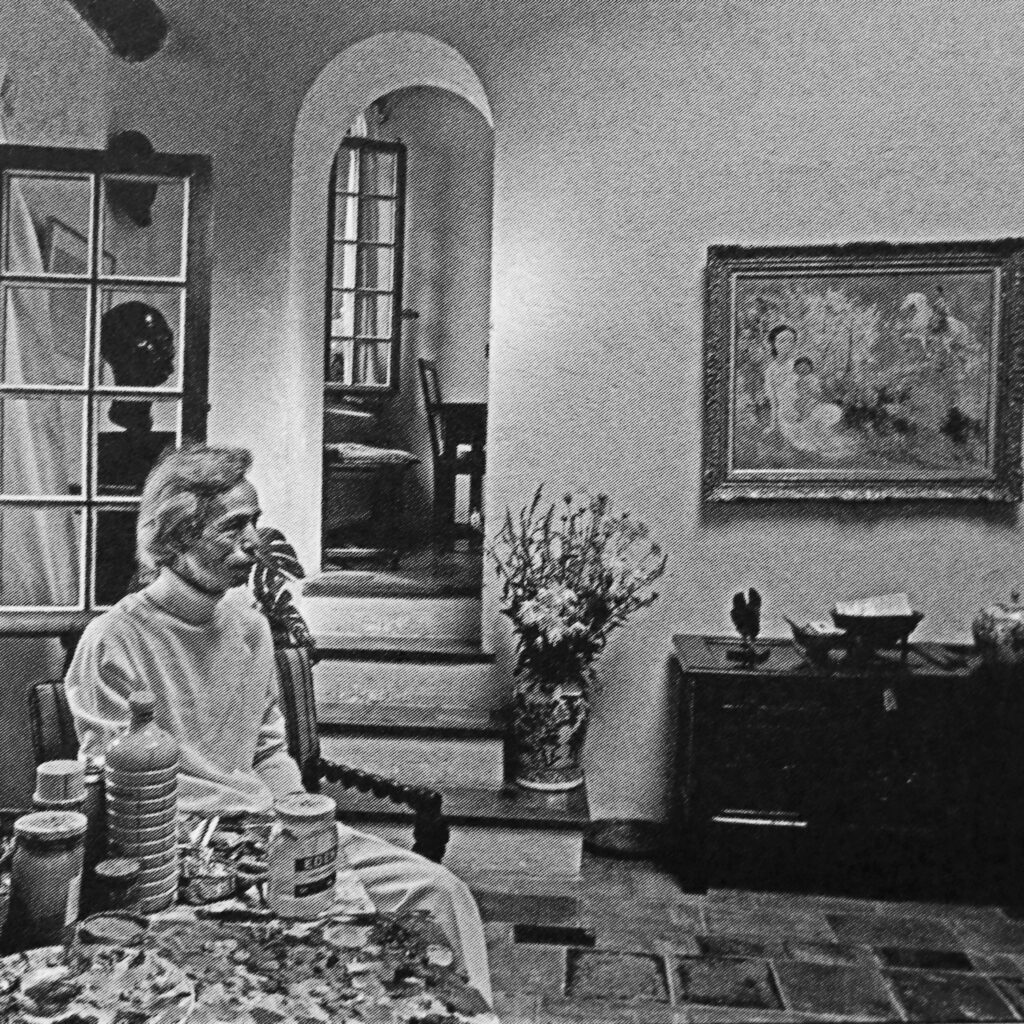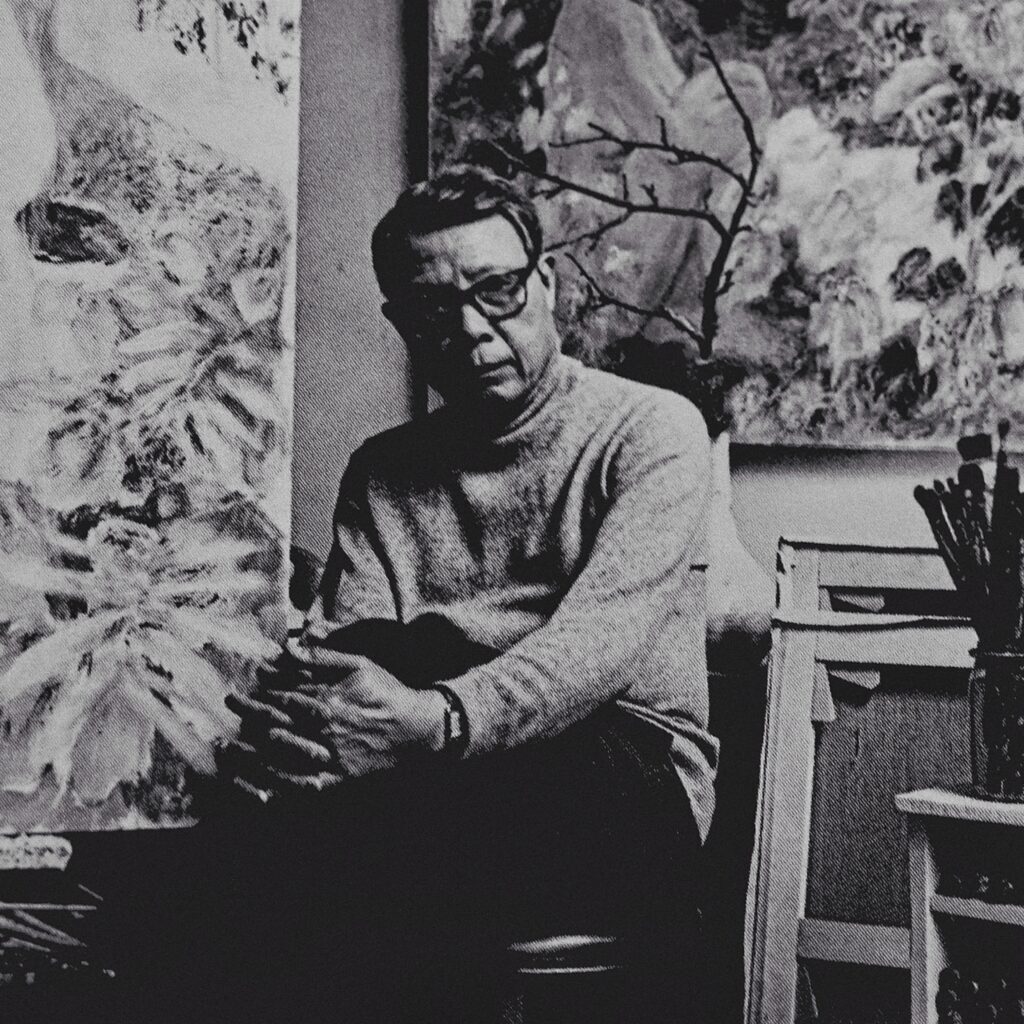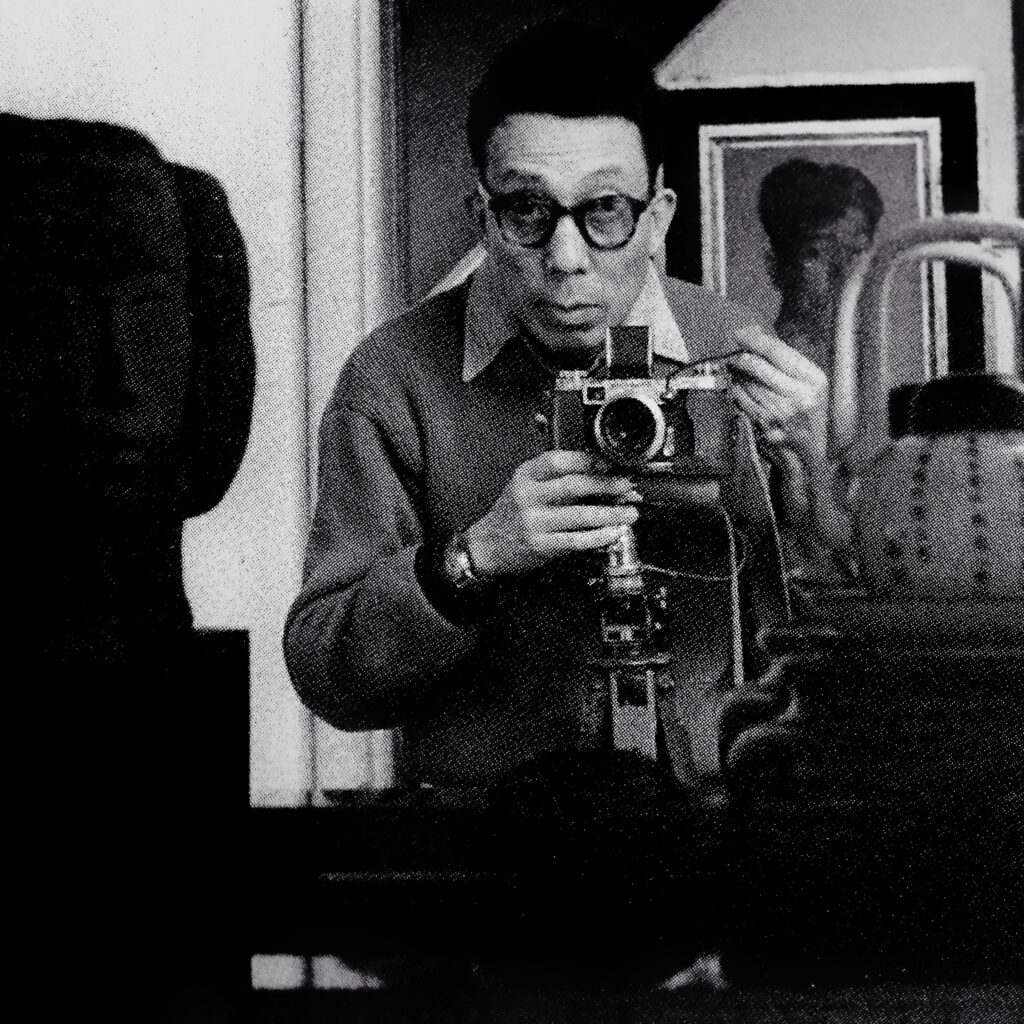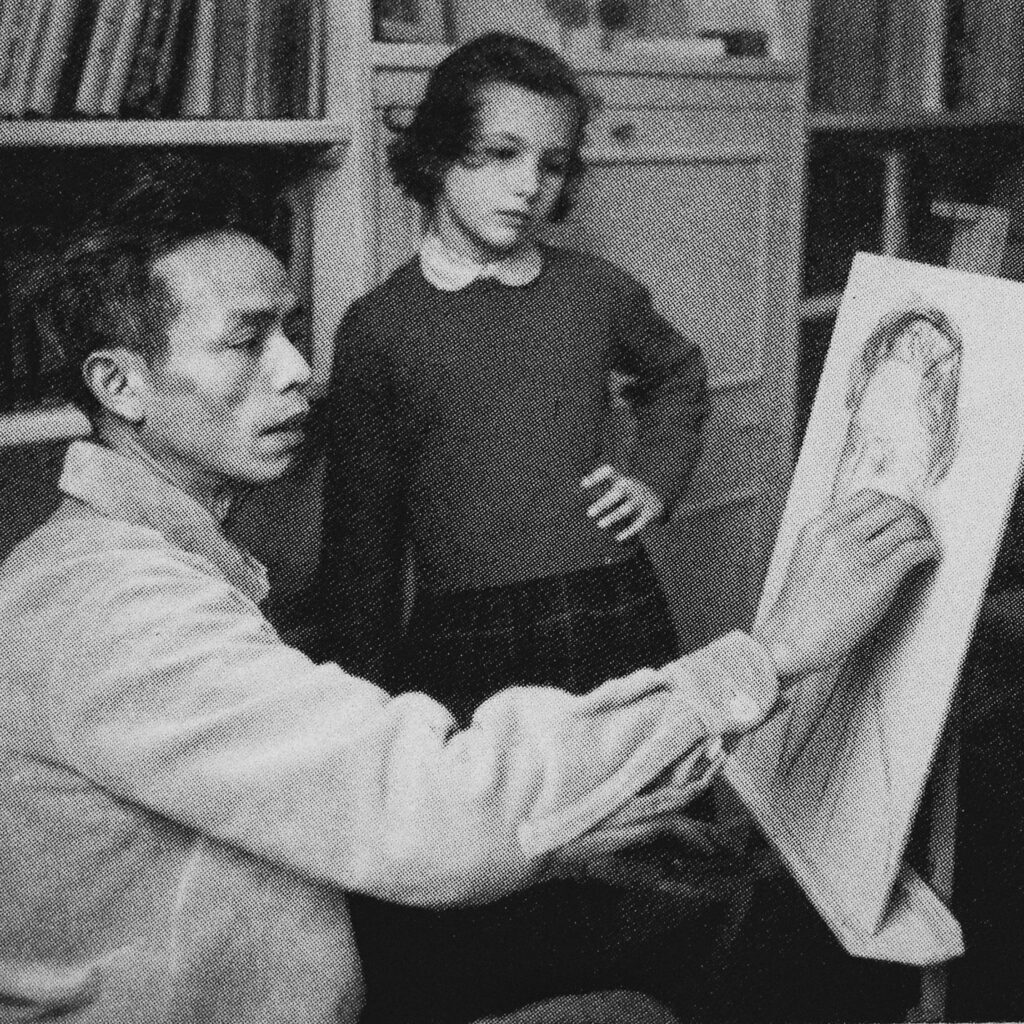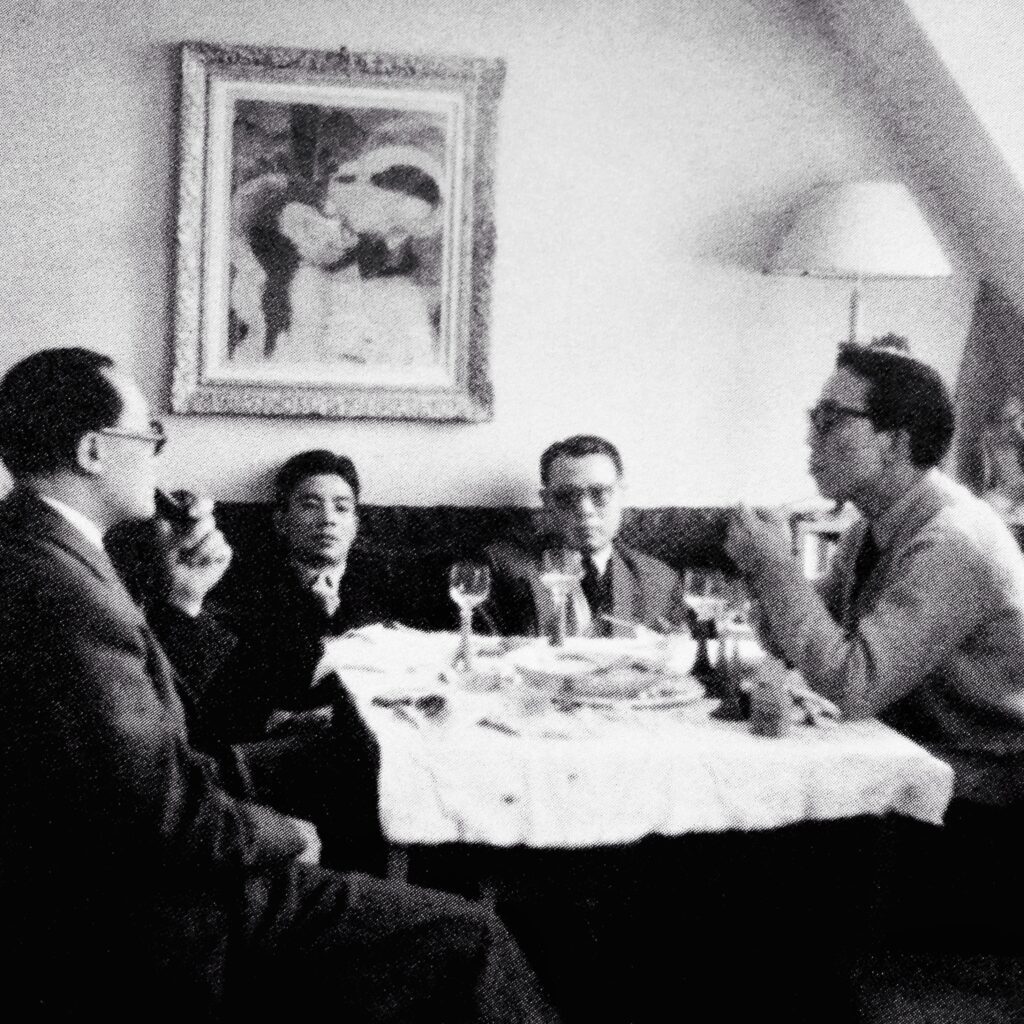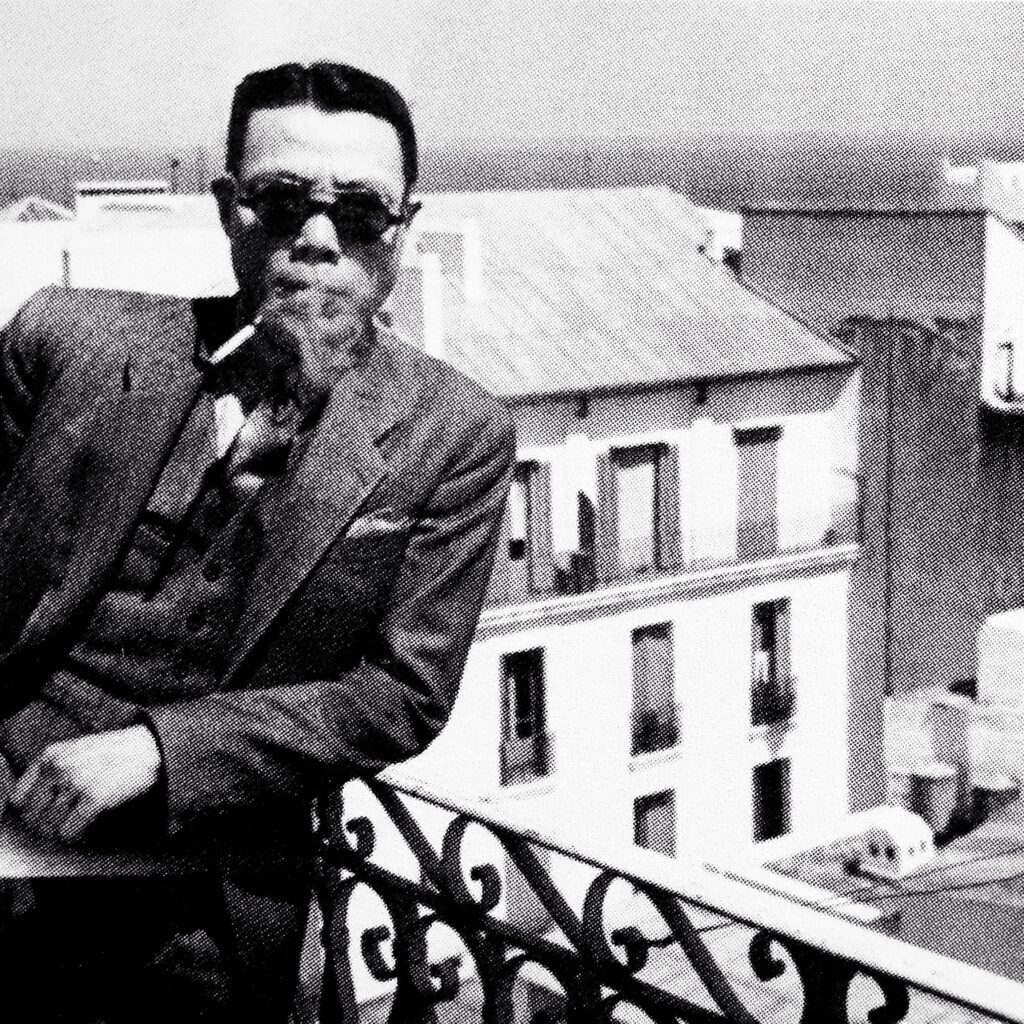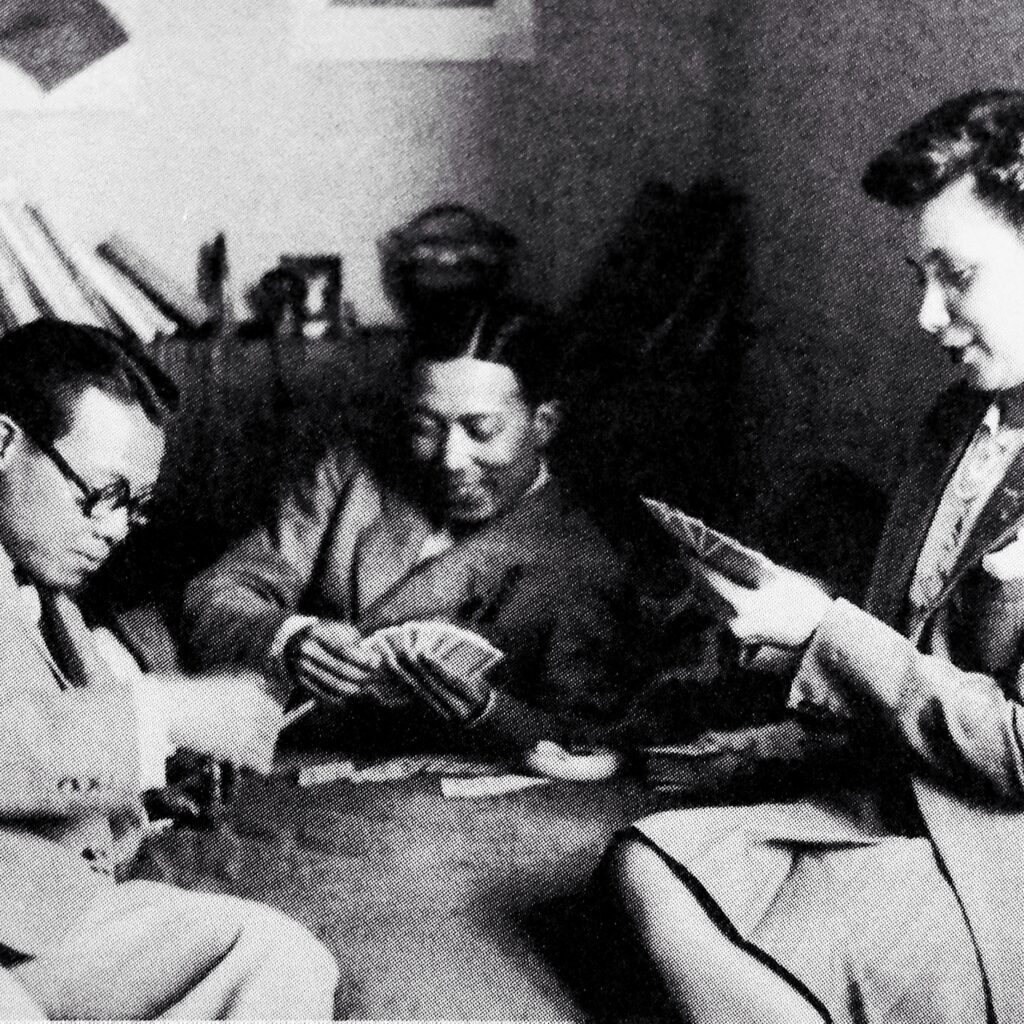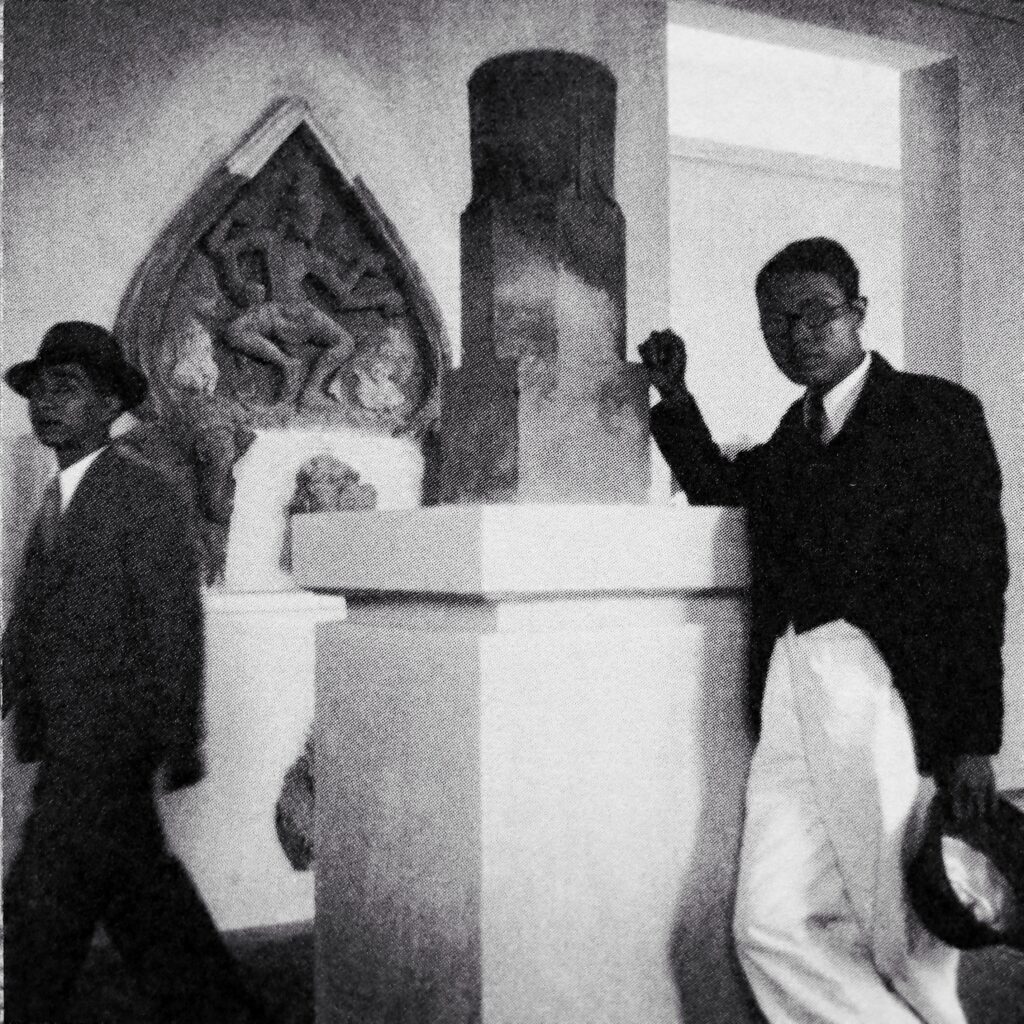
Vu Cao Dam (Vietnam, 1908-2000)
Deux jeunes femmes (The two young Women)
signed ‘vu cao dam’ (lower left)
ink and gouache on silk
34 x 26 cm. (13.5 x 10.5 in.)
Painted circa 1939
Vu Cao Dam was both painter and sculptor, splitting his activity between two representations, one three dimensional for sculptures and one two dimensional for paintings. In that sense, his importance in the production of the Indochina Fine Arts School appears exceptional: as his best friends - Le Pho, Mai Thu and Le Thi Luu - for example were 'only' painters.
Of the two representations, was it the sculptor or the painter which mostly influenced the other?
Deux Jeunes Femmes (The two young Women) (Lot 301) is a magnificent and rare early painting from the artist, and allows us the great honour to present here some answers, offering an opportunity to better understand Vu Cao Dam's dual competence. Indeed, one can determine through this painting that both the sculptor and the painter are in play to create a very original piece of art, and, it seems that Vu Cao Dam paints Vu Cao Dam's sculptures. These are not made out of clay or bronze but instead of gouache and ink.
Far from merely painting a simple classical subject related to elegant beauties of Tonkin, Vu Cao Dam shows us here young ladies still and almost frozen in their gesture and expression. One lady is facing us, her arms hidden, and the other lady a side profile, her arm and left hand taking over the centre of the painting. This illustrates perspective harmoniously, one lady adding to the other more than just merely completing another. It lends forth the perception the two ladies are not really in discussion, but are instead set in an aesthetic composition found in sculpture.
The top of the headbands in their hair punctuate the black of the hair, serving as a visual tool to frame the scene on top of the painting. The young lady's left hand on the right, gracious and centred, confers vitality to the work as a point in contrast, as their faces seem frozen. The pastel tones used in the two ao dai adheres to a traditional reference to his native Vietnam, and frame the scene at the bottom just below the central hand. We can feel the strength of the sculptor who knows how to choose an instant and how to freeze the movement. Vu Cao Dam shows us that the language is before all, a gesture more than it is mere words, evocative and full of meaning and emotion.
So, is Vu Cao Dam a painter or a sculptor?
Jean-François Hubert
Senior Expert, Vietnamese Art

